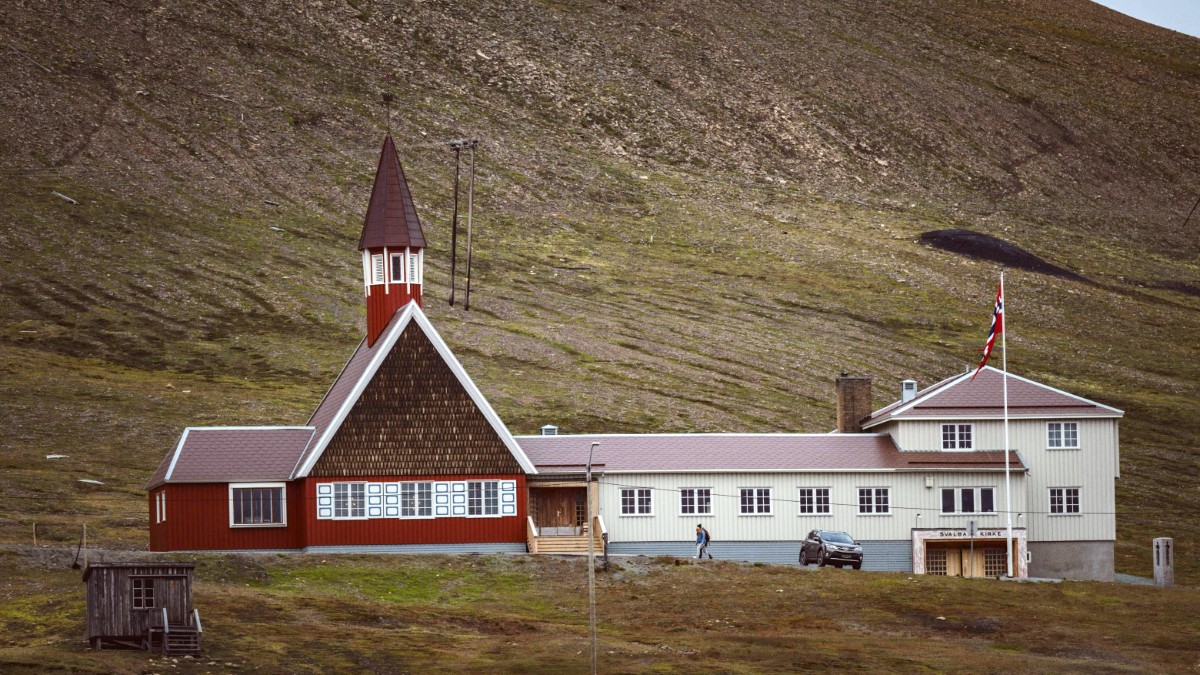
Svalbard, Norway
Light defines the Longyearbyen year. The Polar Night, locally as Mørketiden, lasts from October 26 to February 15. During this period, direct sunlight does not reach the town, resulting in continuous darkness. This time is prime for Northern Lights viewing. Mid-February marks the return of the sun, with a gradual increase in daylight.
The Midnight Sun, from April 19 to August 23, brings 24 hours of daylight, allowing for activities at any hour.
Expect extreme cold, especially with wind chill. Weather can change quickly, leading to whiteout conditions. Always check local forecasts and listen to guides.
Northern Lights viewing is best from October to February. Snowmobiling and dog sledding are best from February to May. Boat tours and kayaking are best from June to September. Hiking is best from July to early September. Wildlife viewing is best from June to August.
June - August
Warmest temperatures, melted snow, accessible hiking and boat tours. Abundant birdlife, higher chances for reindeer and seals. Wide range of activities.
Most expensive for flights and accommodation. Higher tourist numbers mean booking activities and lodging well in advance.
March - May, September - October
Transition periods. Good for snowmobiling/dog sledding (spring). Northern Lights visible (March, early April, autumn). Fewer tourists (autumn).
Unpredictable weather. Some activities unavailable due to snowmelt or freeze-up.
November - February
Deep Polar Night, prime Northern Lights viewing. Unique Arctic darkness. Possibly lower prices.
Extreme cold, very limited/no daylight. Many outdoor activities weather-dependent and require heavy gear.
Best from October to February during the deep polar night.
Best from February to May when snow cover holds reliability.
Best from June to September when fjords are ice-free.
Best from July to early September on snow-free trails.
Best from June to August, when animals are more active and accessible by boat.
Choose summer for endless daylight adventures.
Choose winter for mystical Northern Lights and deep Arctic darkness.
Travel to Svalbard carries specific rules. Svalbard is part of Norway, so the Schengen Agreement applies for transit through mainland Norway. However, Svalbard itself functions as a visa-free zone under the Svalbard Treaty of 1920. This means no visa is needed to enter Svalbard for any nationality.
This distinction holds importance. To reach Longyearbyen, travel via mainland Norway, typically through Oslo or Tromsø. Therefore, most non-Schengen citizens will require a valid Schengen visa to enter Norway and transit to Svalbard. Before your trip, verify visa requirements for Norway based on your nationality.
Entry fees are not a factor for Svalbard. No specific entry fees. Immigration procedures usually happen upon entry into the Schengen Area, for example, at Oslo Airport.
Longyearbyen stands among the most expensive destinations globally. Its remote location and reliance on imported goods push prices higher.
Health and safety are paramount when traveling to Longyearbyen due to its remote Arctic location. Prepare thoroughly for potential concerns.
No specific requirements. Ensure standard vaccinations (Tetanus, Diphtheria, Polio, MMR) are updated.
Tap water in Longyearbyen is safe to drink. Food hygiene standards are high.
Longyearbyen Hospital is small but equipped. Serious cases require evacuation to mainland Norway.
Prevention is
Cold Exposure: Frostbite and hypothermia are risks. Dress in layers, cover skin, stay hydrated. Sunburn/Snow Blindness: Use high-SPF sunscreen and polarized sunglasses.
Dehydration: Cold, dry air leads to dehydration. Drink water. Falls: Icy conditions present slip hazards. Wear appropriate footwear or use traction devices.
Consult your doctor for personal recommendations and pack a first aid kit.
This number functions for general emergencies, police, ambulance, or fire services throughout Norway and Svalbard.
Main authority for law enforcement, environmental protection, and search and rescue. Their office serves as a main contact point.
Keep contact information for your country's embassy in Oslo, Norway, for assistance with lost documents or consular services.
Crime rates in Longyearbyen are extremely low. It is a very safe place within settlement boundaries. The main safety concern exists outside the settlement due to polar bears.
Comprehensive travel insurance is highly recommended. Verify Arctic travel and specific activities, like snowmobiling, included in your coverage. Do not travel to Svalbard without adequate insurance.
Coverage for emergency medical treatment.
Coverage for evacuation, especially from remote areas.
Trip cancellation or interruption, and lost luggage.